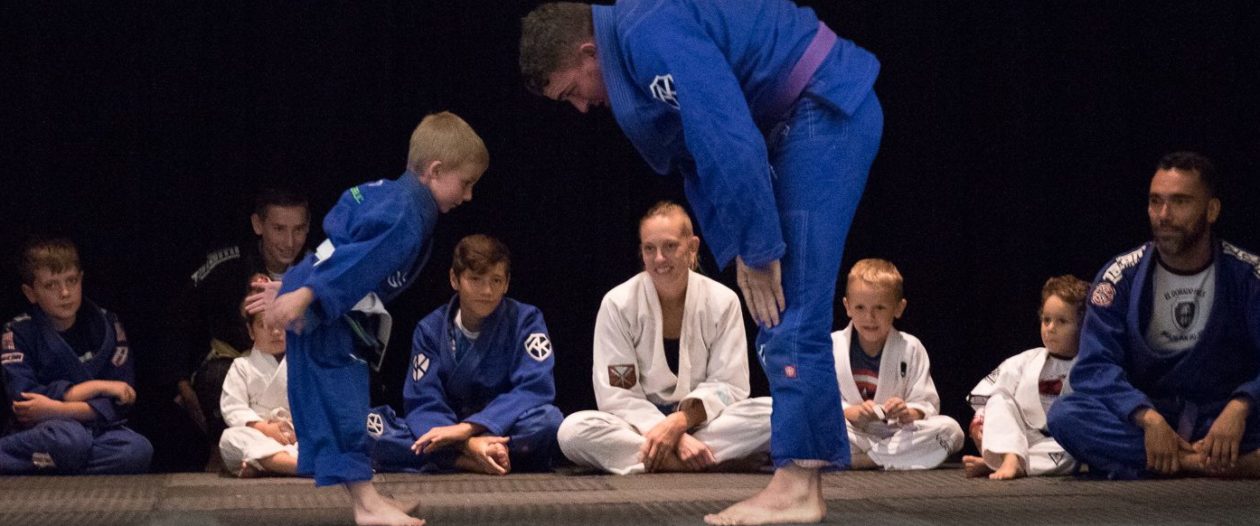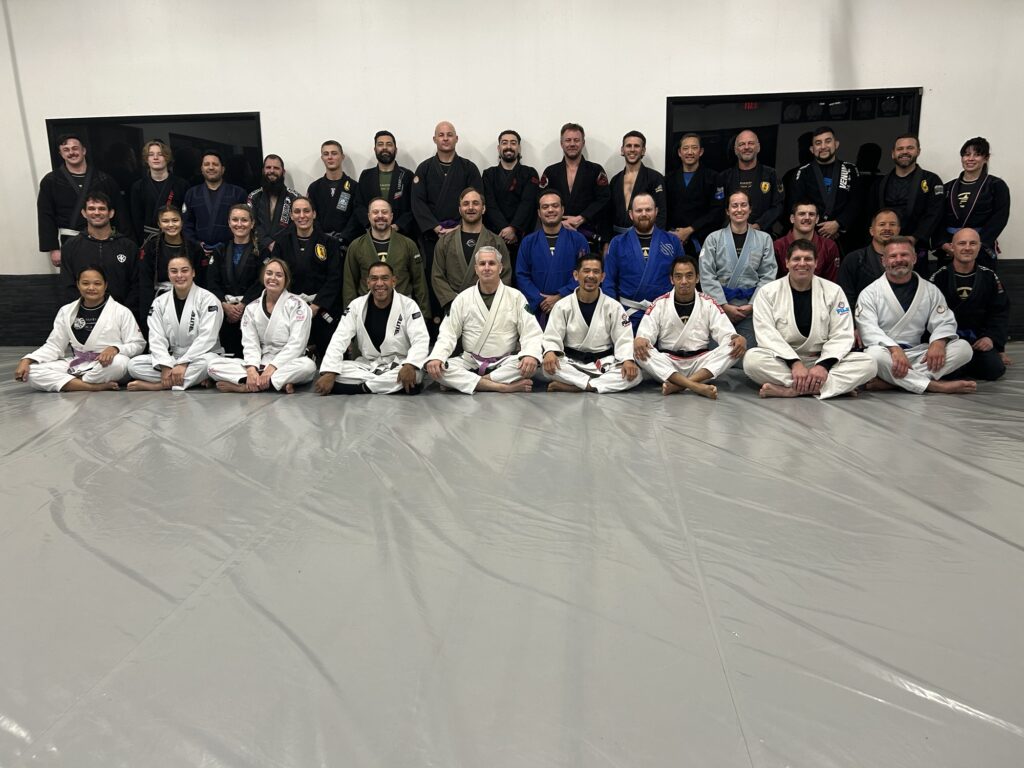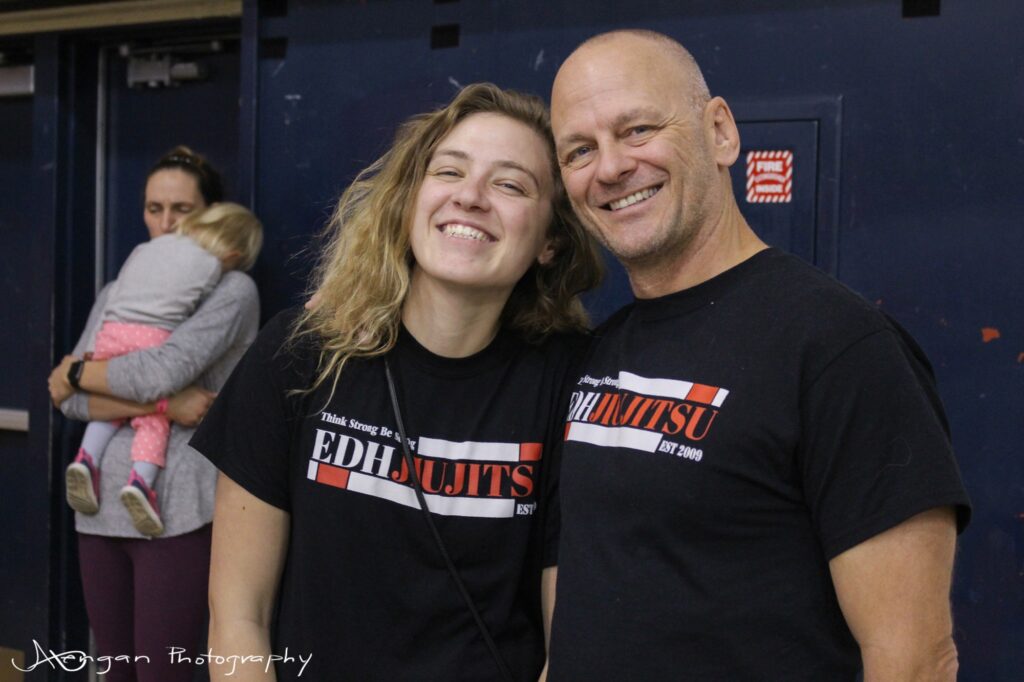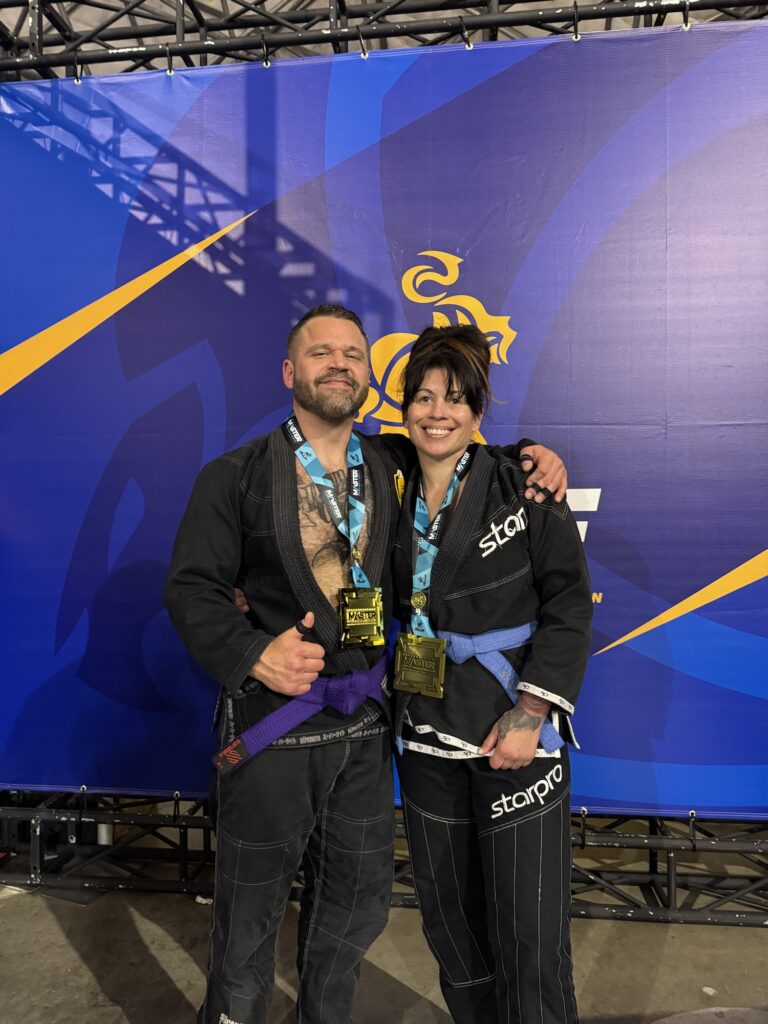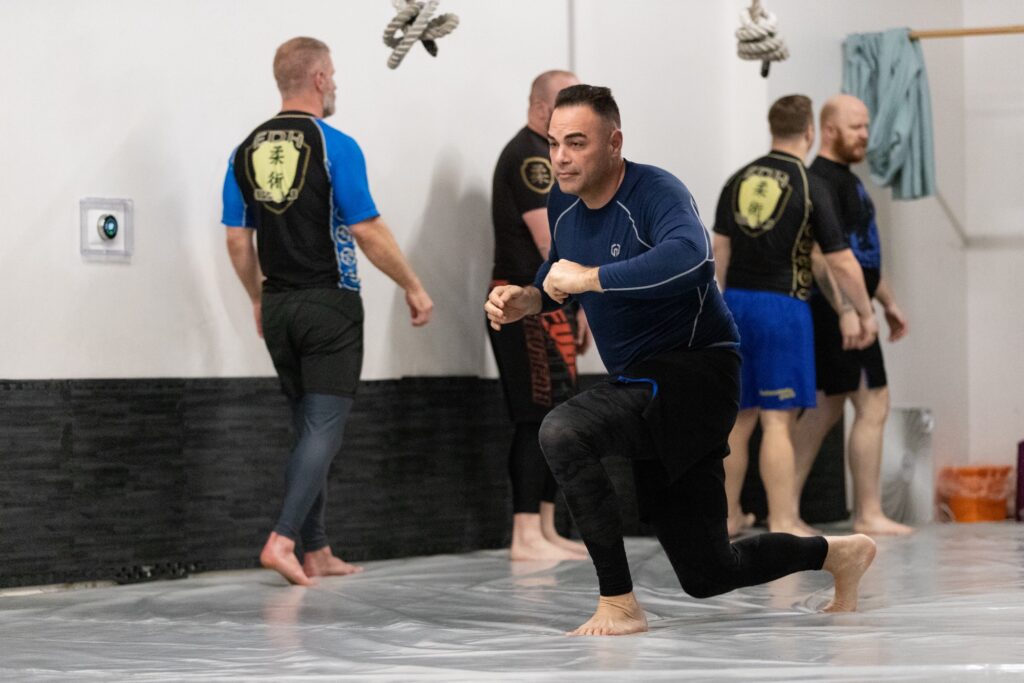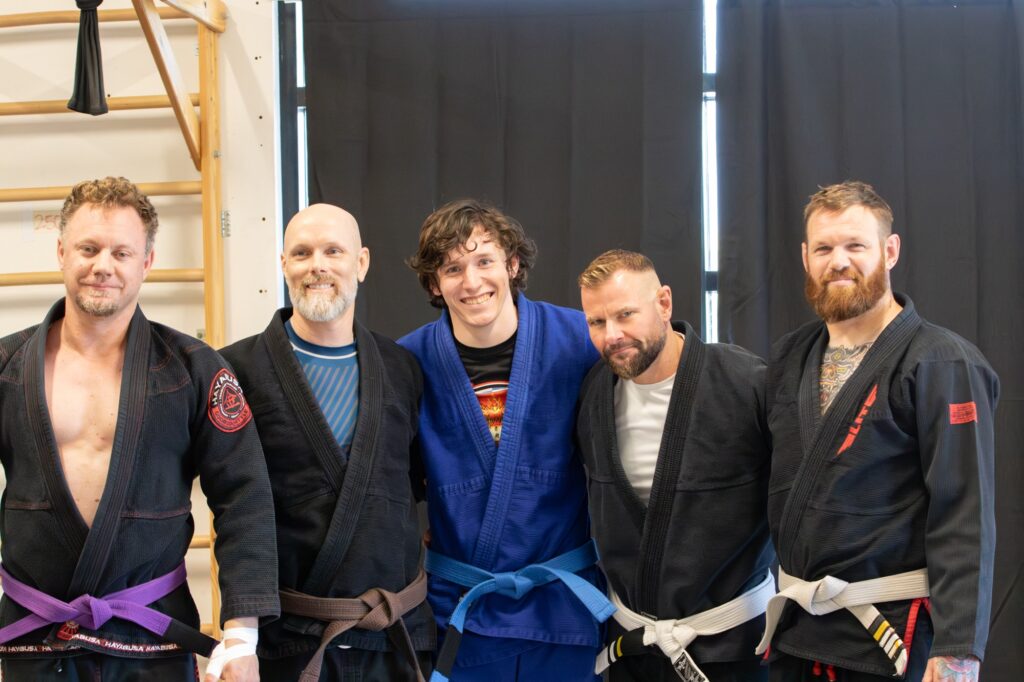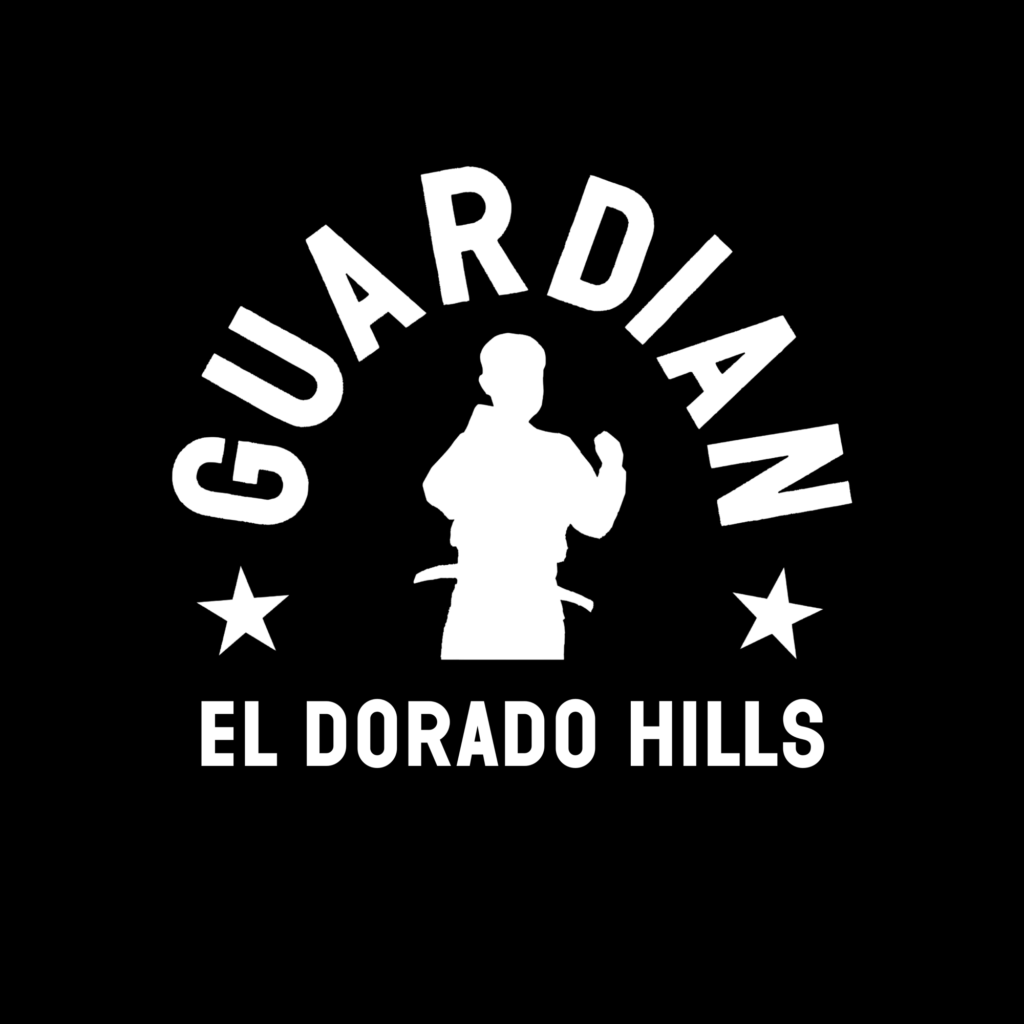Introduction
Are you curious about martial arts but not sure where to start? El Dorado Hills Jiu-Jitsu offers an excellent entry point for beginners looking to dive into the world of martial arts. In this blog post, we’ll guide you through what Jiu-Jitsu is, why it’s a great choice for beginners, and what to expect when you join El Dorado Hills Jiu-Jitsu.
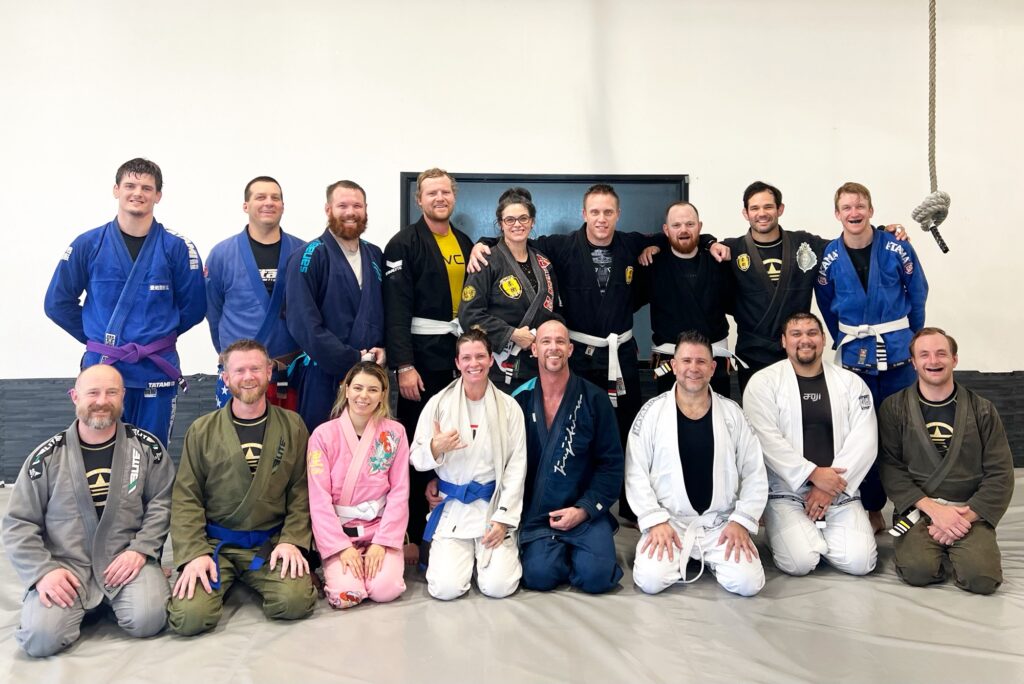
What is Jiu-Jitsu?
Jiu-Jitsu is a martial art and combat sport that focuses on grappling and ground fighting. Originating from Japan and later developed in Brazil, Jiu-Jitsu, BJJ emphasizes technique and leverage over brute strength, making it accessible and effective for practitioners of all sizes and ages.
Why Choose Jiu-Jitsu as a Beginner?
- Self-Defense: Jiu-Jitsu teaches practical self-defense techniques that can be applied in real-world situations, giving you confidence and peace of mind.
- Physical Fitness: Training in Jiu-Jitsu provides a full-body workout, improving your strength, endurance, flexibility, and coordination.
- Mental Discipline: The practice of Jiu-Jitsu enhances focus, problem-solving skills, and perseverance, contributing to overall personal development.
- Community: Joining a Jiu-Jitsu class means becoming part of a supportive community where you can make new friends and learn from experienced practitioners.
What to Expect at El Dorado Hills Jiu-Jitsu
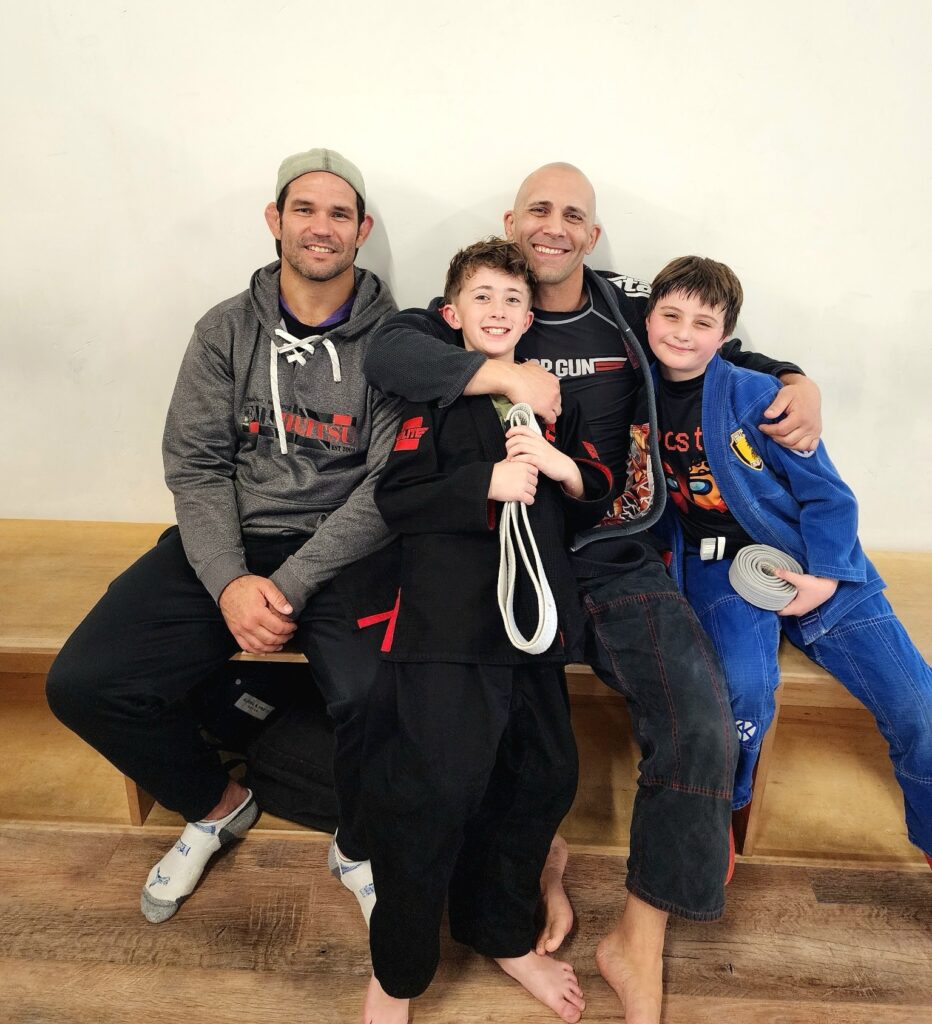
Friendly and Supportive Environment
At El Dorado Hills Jiu-Jitsu, we pride ourselves on creating a welcoming atmosphere for beginners. Our experienced instructors understand the challenges new students face and are dedicated to providing personalized guidance and encouragement.
Structured Classes
Our classes are designed to accommodate all skill levels. Beginners will start with fundamental techniques and gradually progress to more advanced concepts. Classes typically include:
- Warm-Up: Light exercises to prepare your body for training.
- Technique Drills: Step-by-step instruction on key moves and positions.
- Live Sparring/ Resisted Drilling: Controlled practice with a partner to apply techniques in real-time.
- Cool Down: Stretching and relaxation to conclude the session.
Essential Gear
For your first class, you’ll need comfortable workout clothes. As you progress, investing in a gi (the traditional Jiu-Jitsu uniform) and a belt will be necessary. Our instructors will provide guidance on what to purchase and where to find quality gear.

Tips for Beginners
- Stay Consistent: Regular attendance is key to improvement. Aim to train at least 2-3 times per week.
- Be Patient: Mastery takes time. Focus on incremental progress rather than immediate results.
- Ask Questions: Don’t hesitate to seek clarification from instructors and fellow students. Everyone started as a beginner.
- Stay Positive: Embrace the learning process with a positive attitude. Celebrate small victories and learn from mistakes.
Embarking on your Jiu-Jitsu journey at El Dorado Hills Jiu-Jitsu is an exciting step towards personal growth and physical fitness. Whether you’re looking to learn self-defense, improve your health, or join a vibrant community, our dojo offers the perfect environment for beginners to thrive. Come visit us and discover the transformative power of Jiu-Jitsu today!
For more information or to schedule your first class, visit our website or contact us directly. We look forward to welcoming you to the El Dorado Hills Jiu-Jitsu family!

